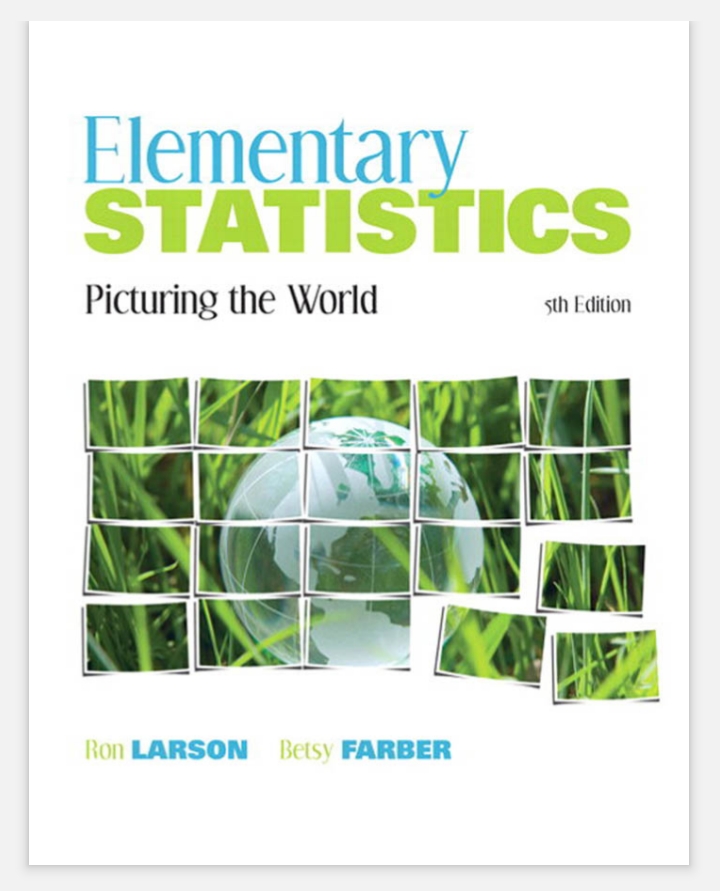
ELEMENTARY STATISTICS (Picturing the World)
Elementary statistics serves as a foundational tool for understanding data and making informed decisions based on statistical reasoning. Often described as "picturing the world," this field emphasizes the importance of data in interpreting real-world phenomena.
Key aspects of elementary statistics include:
1. **Data Collection**: Gathering information through various methods such as surveys, experiments, or observational studies, providing the raw material for analysis.
2. **Descriptive Statistics**: Summarizing and organizing data through measures such as mean, median, mode, and standard deviation. Visual tools like graphs and charts help illustrate trends, distributions, and patterns in the data, allowing for a clearer understanding of complex information.
3. **Inferential Statistics**: Using samples to draw general conclusions about larger populations. This involves hypothesis testing, confidence intervals, and regression analysis, equipping individuals with the ability to make predictions and decisions based on limited data.
4. **Probability**: Understanding the likelihood of events and outcomes is crucial in statistics. Elementary statistics covers fundamental probability concepts, which form the basis for inferential methods.
5. **Real-World Applications**: Elementary statistics is widely applicable across various fields, including business, healthcare, social sciences, and environmental studies. It enables individuals and organizations to analyze trends, make forecasts, and assess risks.
Overall, elementary statistics provides essential tools that allow us to make sense of the vast amounts of data in our world, turning numbers and figures into a meaningful narrative that supports decision-making and enhances understanding.
